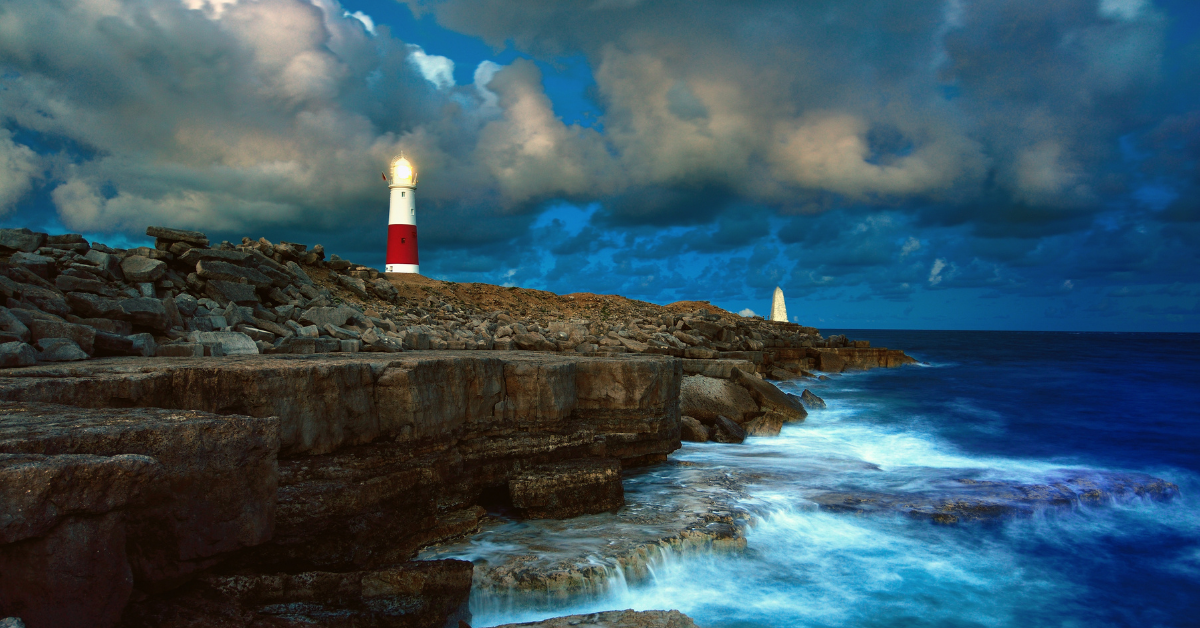If you don't know what time, nor where they departed from, you can't estimate how the wind and tide will have influenced how they came to be found where they were.Don't need to know any of that, first distress call was in French waters, survivors found in French waters, mobile phones of illegal migrants all connected to French networks, everyone who reported sighting them were in French waters. Tide and weather did not push them back. The French failed to rescue people drowning in their waters.
How about you provide some evidence that they were in UK waters?
As I've said several times, your guesses and claims are always coloured by your desired outcome, rather than reality.
As carmenmemoranda said, why don't you offer your knowledge to the investigators, it would save them money and time, and no need for any MAIB nor DfT investigation.


